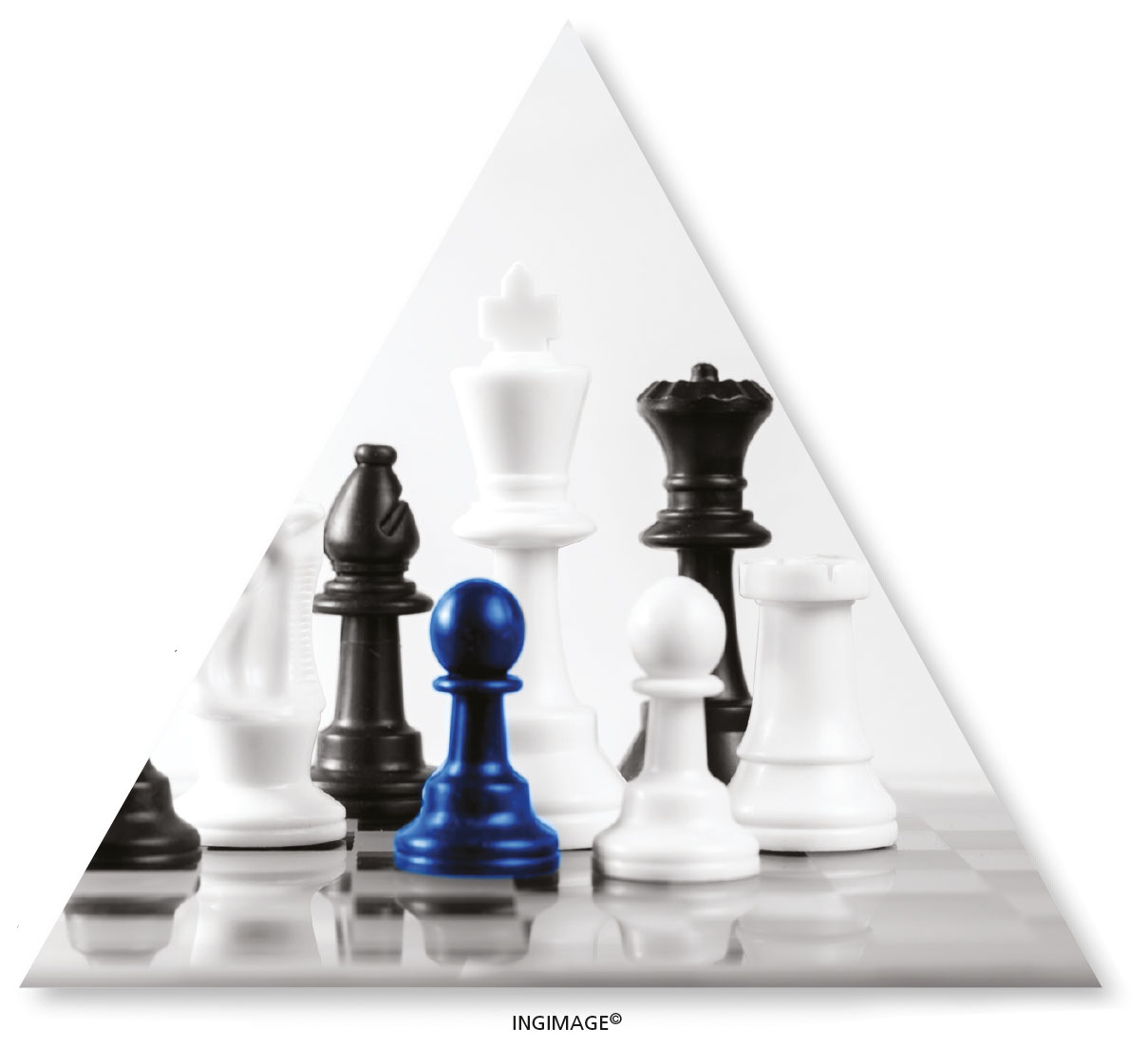TOTAL LEADERSHIP
THE PATH TO ‘FOUR-WAY WINS’
How to become a better leader
BY Jayashantha Jayawardhana

One constant about leadership is that it can be as lonely as being inside a tomb at times. But finding oneself alone at the helm doesn’t necessarily make one a good leader; nor does it help a leadership career to be fulfilling.
It takes more than mastery of all the necessary technical skills or being more knowledgeable than one’s followers to be a better leader.
According to American business consultant Stewart Friedman, you need to bring your leadership skills to bear at work, home, community and self (mind, body and spirit), to be a better leader and enjoy a richer life.
“Of course, there will always be some tension among the different roles we play. But contrary to common wisdom, there’s no reason to assume that it’s a zero-sum game,” he writes in the Harvard Business Review (HBR).
Friedman wants business leaders to achieve what he calls ‘four-way wins.’ This is the core idea of the ‘Total Leadership’ programme that he teaches at the Wharton School of the University of Pennsylvania.
Before you can start working on achieving these four-way wins, you must take stock of your life in this quartet of domains…
What do you really want from each of these domains – and how do you want to contribute to them now and in the future? Who matters most to you? What resonates best with your values, beliefs, principles and ideals?
Answer these questions truthfully…
This is followed by systematically engineering and conducting carefully crafted experiments such as doing something new for a short while to see how it affects all four domains. If an experiment goes awry, you can abandon or adjust it – and little is lost. If it’s successful, then it is a small win.
Over time, these small wins accumulate so that your overall endeavours are focussed increasingly on what and who matter most. Either way, you’ll learn more about how to lead in all aspects of your life.
The total leadership concept that guides you to become a better leader is underpinned by three principles: be real and act with authenticity by clarifying what’s important; be whole and act with integrity by respecting the entire person; and be innovative by acting creatively and experimenting with how things get done.
You have to start this process by crystallising what’s truly important to you and being wholly true to yourself. Friedman observes: “Peer coaching is enormously valuable at this stage and throughout, because an outside perspective provides a sounding board for your ideas, challenges you, gives you a fresh way to see possibilities for innovation and helps hold you accountable to your commitments.”
To score a four-way win is to effect a change through multiple goals that benefit each and every domain of your life. At work, typical goals for an experiment can come under the following broad headings: exploiting fresh opportunities for boosting productivity; reducing hidden costs; and streamlining the work environment.
Goals for home and community tend to revolve around improving relationships and contributing more to society. For oneself, it’s typically about safeguarding health, and finding greater meaning and purpose in life. That said, it’s completely possible you have different goals for each domain.
When designing your experiments, identify who will benefit from or be affected by the changes you’re envisioning. For instance, setting aside three mornings a week to exercise improves your health directly but it may indirectly give you more energy for work and raise your self-esteem, which in turn may make you a better father and friend.
Give free rein to your imagination and spot as many possibilities as you can for each experiment. Once you’ve identified them, shortlist what you truly want to try out. Friedman cautions that for every two experiments that turn out to be successful, one could go haywire. Yet, little is lost… so you needn’t feel disheartened.
To learn from each experiment, measure its progress by creating your own scorecard. Allocate a separate sheet for each. Describe it briefly at the top. Draw a three column table below it. Then write down your goals for each domain in the first. In the middle, describe your result metrics; and in the last, detail your action metrics.
If you feel your metrics are too vague or broad as you’re compiling them, fine-tune them. Friedman says his workshop participants have many types of metrics such as cost savings from reduced travel, number of email misunderstandings averted, degree of satisfaction with family time, hours spent volunteering at a teen centre etc.
Your experiments don’t have to involve seismic shifts. In fact, the best experiments let you try something new while minimising the inevitable risks associated with change.
Try it and see how things go!




